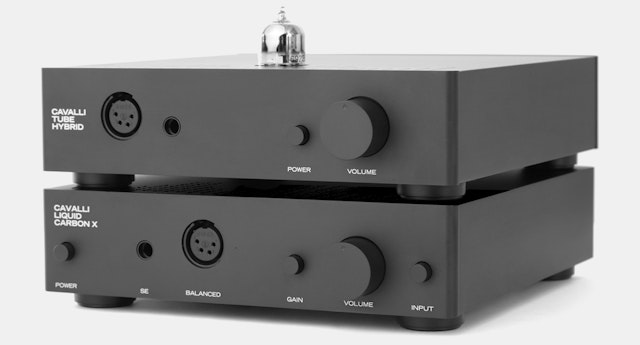OK here we go on the final chapter on the Manhattan. I ended off in a state of mystery – I had no idea why old prewar banjos and mandolins sounded better than new ones. Ever the non luthier, I began to read up and pull bits of data from various sites on the internet.
Hmmmmmmmmm. Lloyd Loar, master builder at Gibson from 1919-1923 built the best sounding banjos and mandolins ever. Rather than build instruments to a set of prints, he individually tap tuned the instruments to C=256 Hz for best musical performance. At that time, that was a useful mean of the non standardized pitches of the day for hillbillies, bands, and non-classical orchestras. He was eventually replaced, because he was slowing production and increasing costs. Sound familiar? Today, a Lloyd Loar signed Gibson is worth .1 to .6 million bucks. Dang!
Not being an expert luthier, it is my understanding that musical instruments have an air resonance and a string resonance, both of which exhibit harmonic properties. Above resonance, both tend to have harmonic peaks which affect the sound of the instrument, both individually and collectively. Below resonance, the response falls off quickly. So it makes some sense for the instrument to have a bit of low frequency extra air resonance.
Returning briefly to tuning, the third violin string in a classical orchestra is A4. Since the concertmaster of such an orchestra is the first violin chair, responsible for the tuning of the entire orchestra, he plays his open third string at some pitch which has varied over the last hundred years or so from A=430 to A=446 Hz. The string must be an open one, since violins are fretless, which makes any playing/tuning other than an open string subjective. This is the what the orchestras play just before the conductor appears. If there is a standard in tuning today, that standard is A=440Hz. Today there is a grassroots, nearly religious belief that an A=432Hz restoration is an imperative – many youtube performances are available in that tuning.
The problem is that the correct tuning is C=256. If we run Ivana's pitch detection developmental software on old tunes by hillbillies and blues musical non-readers (who frequently tuned their instruments by ear), we find they come the closest to C=256. How about that.
There is even an open source program (which was incorporated into at least one server) which I shall not name, free at open source sites which varies pitch to reach A=432. It is similar in function to Karaoke DSP chips to change song tunings to fit different voices. The problem is that they sound worse than hemhorroidal ass; more like open running sore ass. Anybody ever attempt serious listening to Karoke? This is something like dwarf-tossing – it is so wrong that it deserves to die.
Then there are the kooks who sit cross legged while chanting something related to bad math, chakras, and spiritual energy. These types will chatter endlessly about Nazi involvement in orchestral tunings and present conspiracy theories about evil beings trying to cause homo sapiens blindness by excessive masturbation, or something like that.
So what if someone (me) built a device where you could vary the pitch while listening and center it on C3=256? That is the Gadget. The entry level in the Manhattan series. It will be available soon for under two hundred bucks. A true, honest to God music processor. What comes out is not what came in. Oh, is that all it is, you say? I know, some of you surmised at least some of the above from my previous posts.
Well, this is what I say:
1. It does not sound like ass.
2. It has one adjustment pot and one "You should be close" light.
3. It adjusts only pitch with no change in tempo.
4. It adjusts music to an "aaaaahhhhhhh" mode. It is a sharp point on the adjustment. When you hit it you know.
5. The sensations it produces are as profound as and analogous to many of the positive changes proper to tube amps' comfort, or hi-def files' clarities for lack of adequate descriptors.
6. I am 69 years old and I have never heard anything as right as this in a 50 year audio career.
7. I cannot imagine listening to music without it.
8. A=432 bites the hairy banana; C=256 phucking rules.
8. It is an electronic joint. Absolutely intoxicating. I cannot put it down. It alters your mood.
This is what it will not do:
1. Work for most forms of "scientific" or electronic music or monotonic music, such as rap.
2. Work for any forms of music where harmony, pitch, or rhythm is missing.
Thanks to Ivana, who developed the algorithm for this idea and programmed this for us. It took over a year to get it to where it didn't sound like ass. It will take much more of her time to get the bigger one finished.
Oh, and by the way, my partner Jason has pointed out:
"Unlike some recent attempts to improve recorded music, The Gadget does not incorporate any possibilities for DRM, including phone-homes, algorithmic degradation, or device serialization/deauthorization, nor does it attempt to extract licensing fees from the recording industry, equipment manufacturers, or listeners; it does not require any kind of encoding, works with all music, and is 100% self-contained."



